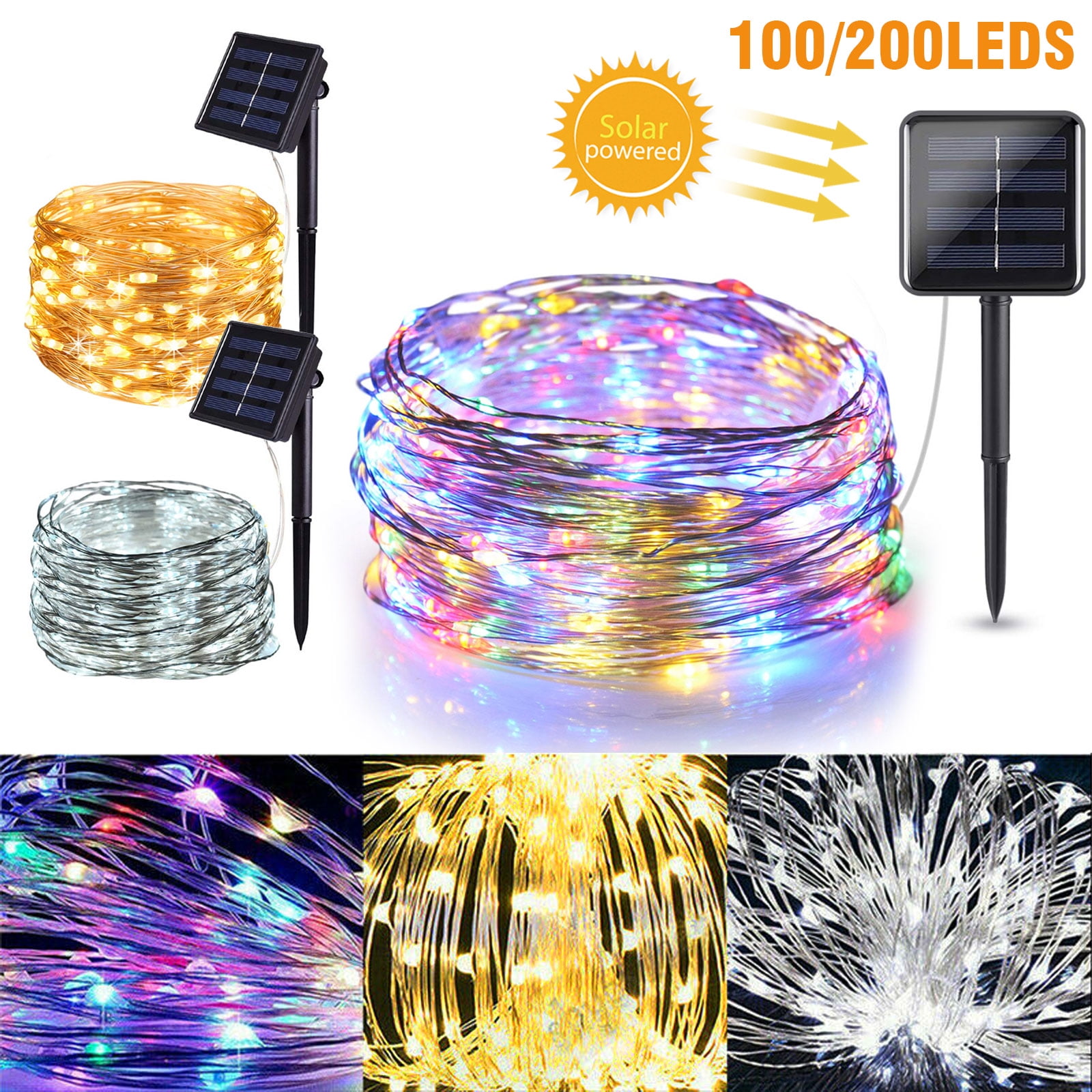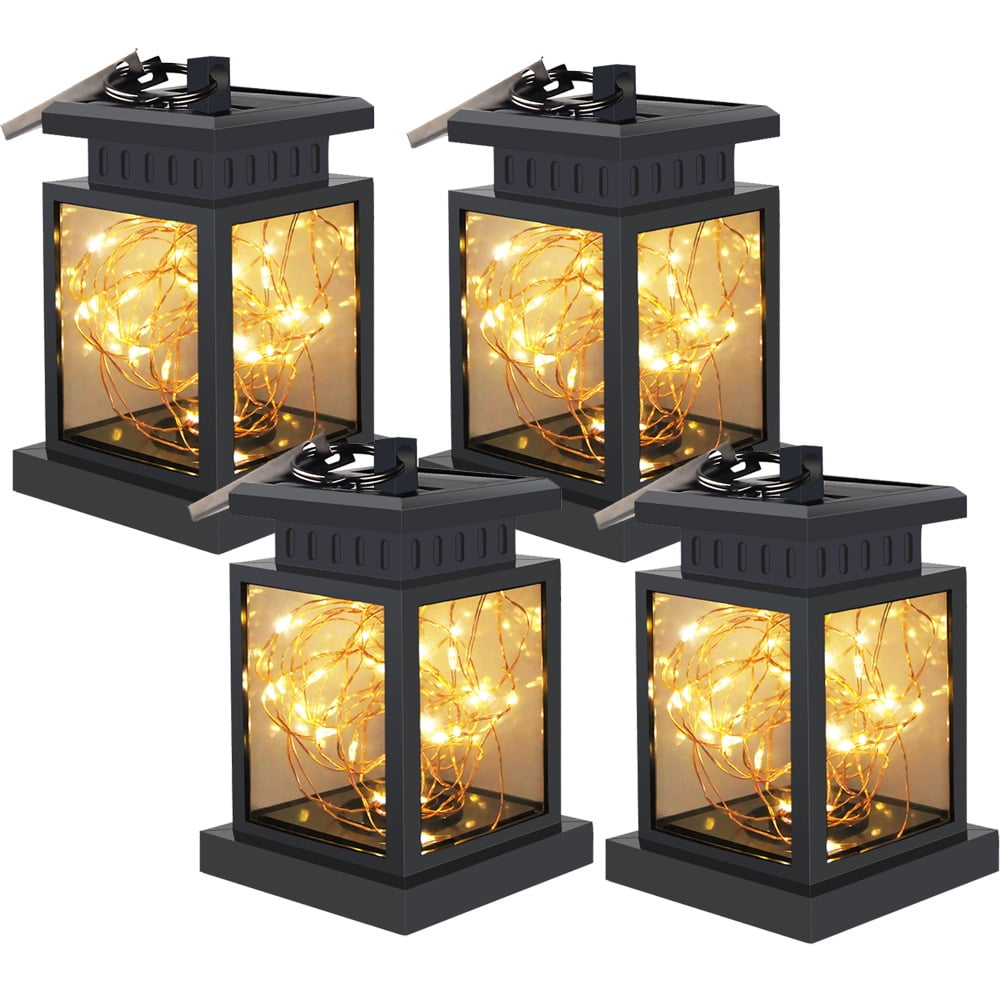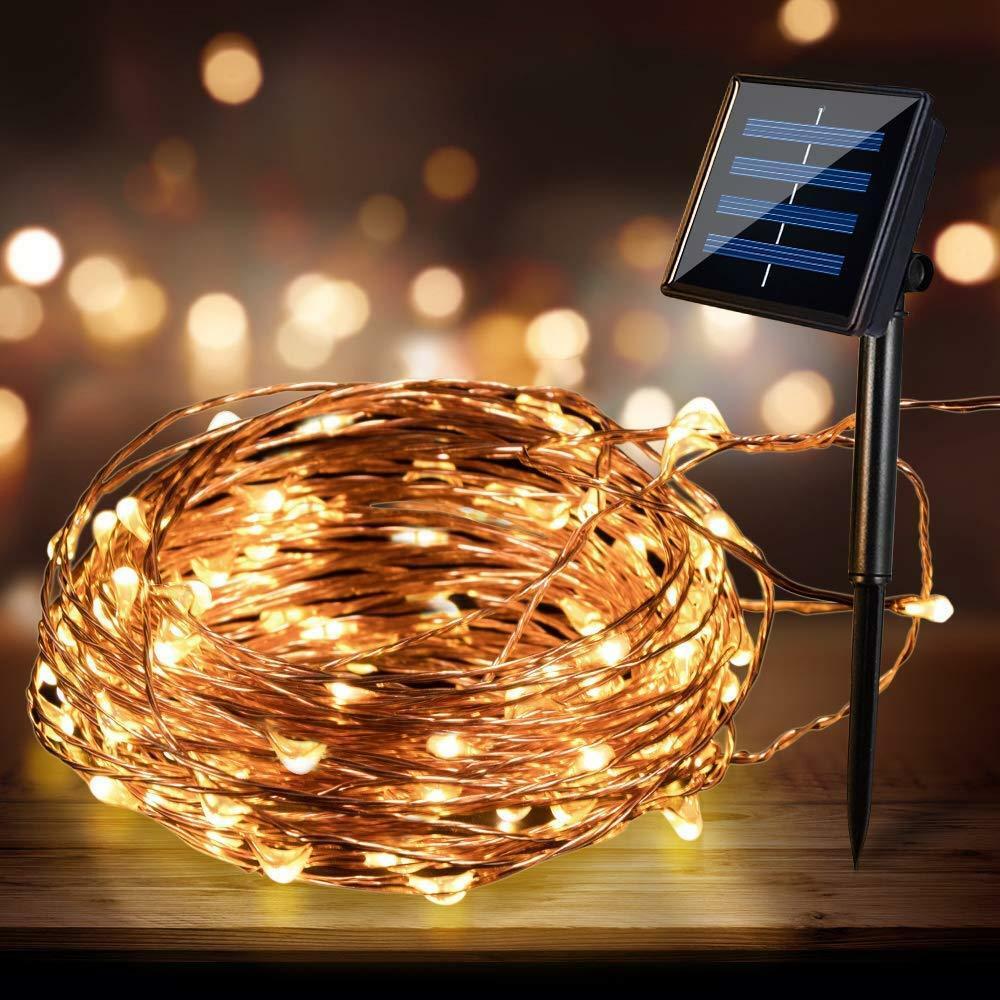

Light bulb powered by copper solarcell free#
In a single-junction PV cell, only photons whose energy is equal to or greater than the band gap of the cell material can free an electron for an electric circuit. Today's most common PV devices use a single junction, or interface, to create an electric field within a semiconductor such as a PV cell. The current produced is directly dependent on how much light strikes the module. Modules are designed to supply electricity at a certain voltage, such as a common 12 volts system. This electricity can then be used to power a load, such as a light or a tool.Ī number of solar cells electrically connected to each other and mounted in a support structure or frame is called a photovoltaic module. If electrical conductors are attached to the positive and negative sides, forming an electrical circuit, the electrons can be captured in the form of an electric current - that is, electricity. When light energy strikes the solar cell, electrons are knocked loose from the atoms in the semiconductor material. For solar cells, a thin semiconductor wafer is specially treated to form an electric field, positive on one side and negative on the other. Solar cells are made of the same kinds of semiconductor materials, such as silicon, used in the microelectronics industry. The diagram above illustrates the operation of a basic photovoltaic cell, also called a solar cell. During the energy crisis in the 1970s, photovoltaic technology gained recognition as a source of power for non-space applications.

Through the space programs, the technology advanced, its reliability was established, and the cost began to decline. In the 1960s, the space industry began to make the first serious use of the technology to provide power aboard spacecraft. It was billed as a solar battery and was mostly just a curiosity as it was too expensive to gain widespread use. The first photovoltaic module was built by Bell Laboratories in 1954. In 1905, Albert Einstein described the nature of light and the photoelectric effect on which photovoltaic technology is based, for which he later won a Nobel prize in physics. The photoelectric effect was first noted by a French physicist, Edmund Bequerel, in 1839, who found that certain materials would produce small amounts of electric current when exposed to light. When these free electrons are captured, an electric current results that can be used as electricity. Some materials exhibit a property known as the photoelectric effect that causes them to absorb photons of light and release electrons. Photovoltaics is the direct conversion of light into electricity at the atomic level.

Each comes with a beautiful copper finish solar post light with a high output LED bulb.Back to the story "The Edge of Sunshine" What is Photovoltaics? Our solar copper post top lights are amongst some of the most popular solar lights on the market. Why not make yours unique and long lasting by utilizing our high output, long lasting solar post lights that create hours of pure accent lighting

Solar landscape lighting is amongst the most favorite outdoor task to do to the average neighborhood community. Why use our post top lights? Because our post top lights are the lowest prices on the market! If not, let us know and a solar garden light specialist will be more than happy to compare and process your sale hassle free. Our solar spot lights are here for years of enjoyment on your solar landscape. At night your lights not only will function when the sun goes down but for hours of enjoyment at no cost from your utility company. When deciding what type of lights to provide for your solar landscape, many concerns are brought to the attention of the household owner as to where to put the solar panels? Our solar post lights eliminate that problem by being installed high up on your custom railing allowing for hours of sun charging. Solar post top lights come with a variety of landscape colors including copper, black, and white.Įach post top light is designed for your solar garden landscape, not only to be beautiful but to provide pathway lighting for visitors, yourself, flowers, railings, trees, brushes and many more types of applications. With over 100 models to choose from, including variations in bulb color and fixture type, each light has been refined to meet the needs of our customers. Silicon Solar carries the largest selection of home & commercial solar garden lights.


 0 kommentar(er)
0 kommentar(er)
